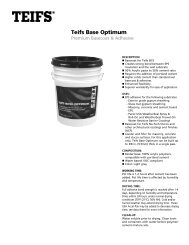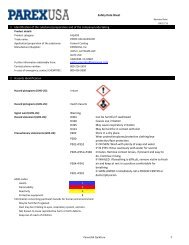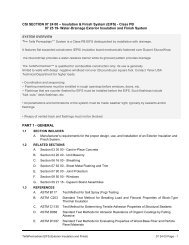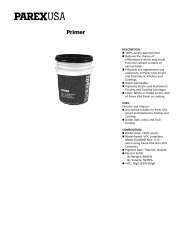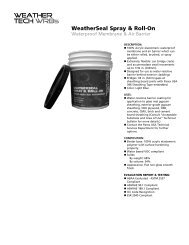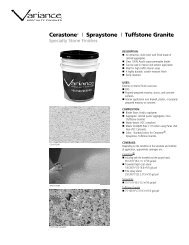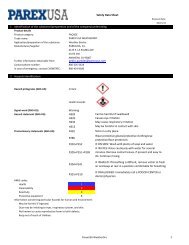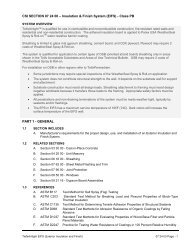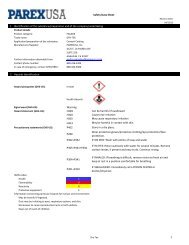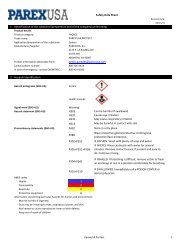Create successful ePaper yourself
Turn your PDF publications into a flip-book with our unique Google optimized e-Paper software.
6. Cutting Water-Resistive Barrier for Jambs: Cut Water-<br />
Resistive Barrier to fit rough opening jamb (Fig 11.7).<br />
Fig. 11.7 ______________________________________________<br />
7. Installing Water-Resistive Barrier at Jambs: Fold Water-<br />
Resistive Barrier into rough opening. Bottom leg must<br />
overlap first layer. Do not staple immediately below the<br />
sill/jamb corners (Fig 11.8).<br />
Fig. 11.8 ______________________________________________<br />
8. Installing the Window: After the strips of Water-<br />
Resistive Barrier have been installed at the sill and<br />
jambs as shown, the window can be installed<br />
(Fig 11.9).<br />
Fig. 11.9 ______________________________________________<br />
9. Metal Flashing Profile: The flashing above the window<br />
should be fabricated in the profile shown. Flashing<br />
material should be corrosion resistant and compatible<br />
with other construction materials (Fig 11.10). The<br />
length of the cap flashing must be at least as long as<br />
the top of the window and may be up to 1/2 in. (13mm)<br />
longer at each end when installed (not mandatory).<br />
Fig. 11.10 _____________________________________________<br />
NOTE: Head flashing is typically the responsibility or the window/<br />
door installer not the EIFS installer unless that is clearly indicated in<br />
contract documents.<br />
19



